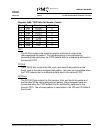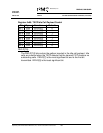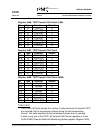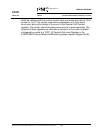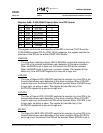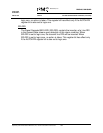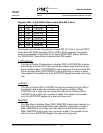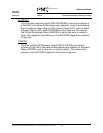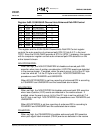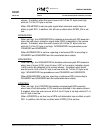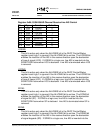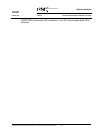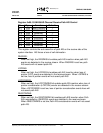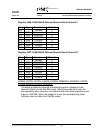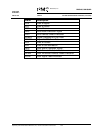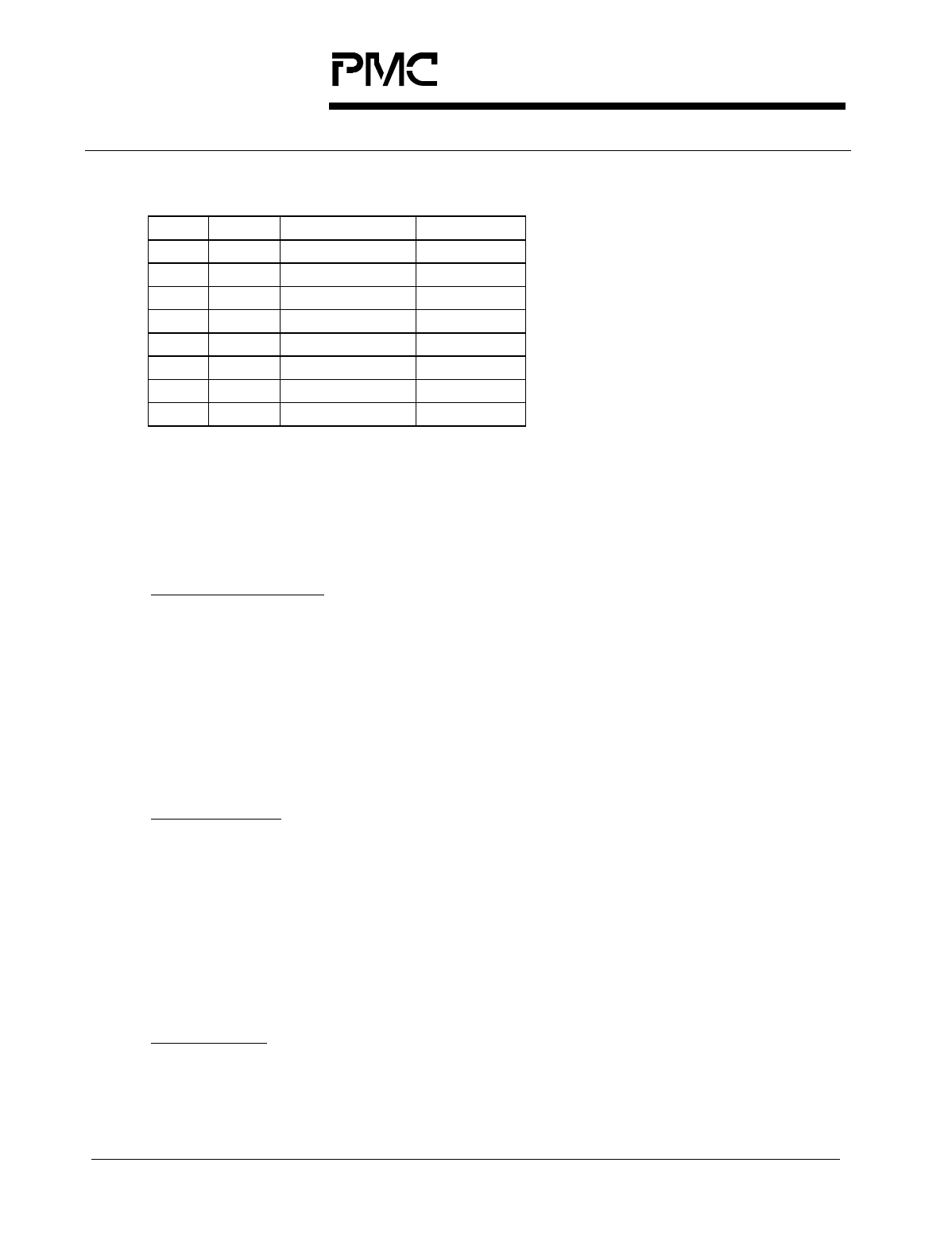
S/UNI-QUAD
PMC-Sierra, Inc.
PM5349 S/UNI-QUAD
DATASHEET
PMC-971239 ISSUE 6 SATURN USER NETWORK INTERFACE (155-QUAD)
Proprietary and Confidential to PMC-Sierra, Inc., and for its Customers’ Internal Use
167
Register 0x92: S/UNI-QUAD Channel Auto Enhanced Path RDI Control
Bit Type Function Default
Bit 7 R/W LCDEPRDI 0
Bit 6 R/W NOALMEPRDI 0
Bit 5 R/W NOPAISEPRDI 0
Bit 4 R/W PSLMEPRDI 1
Bit 3 R/W NOLOPEPRDI 0
Bit 2 R/W
NOLOPCONEPRDI
0
Bit 1 R/W Reserved 0
Bit 0 R/W Reserved 1
This register and the S/UNI-QUAD Channel Auto Path RDI Control register
controls the auto assertion of enhanced path RDI (G1 bits 5,6,7) in the local
TPOP. Since the S/UNI-QUAD provides a STS-3c (STM-1) mapping, this register
with its companion register controls auto enhanced path RDI assertion on the
entire transmit stream.
NOLOPCONEPRDI:
When set high, the NOLOPCONEPRDI bit disables enhanced path RDI
assertion when loss of pointer concatenation (LOPCON) events are detected
in the receive stream. If enabled, when the event occurs, bit 6 of the G1 byte
is set low while bit 7 of the G1 byte is set high. NOLOPCONEPRDI has
precedence over PSLMERDI and UNEQERDI.
When NOLOPCONEPRDI is set low, reporting of enhanced RDI is according
to PSLMERDI and UNEQERDI and the associated alarm states.
NOLOPEPRDI:
When set high, the NOLOPEPRDI bit disables enhanced path RDI assertion
when loss of pointer (LOP) events are detected in the receive stream. If
enabled, when the event occurs, bit 6 of the G1 byte is set low while bit 7 of
the G1 byte is set high. NOLOPEPRDI has precedence over PSLMERDI and
UNEQERDI.
When NOLOPEPRDI is set low, reporting of enhanced RDI is according to
PSLMERDI and UNEQERDI and the associated alarm states.
PSLMEPRDI:
When set high, the PSLMEPRDI bit enables enhanced path RDI assertion
when path signal label mismatch (PSLM) events are detected in the receive



